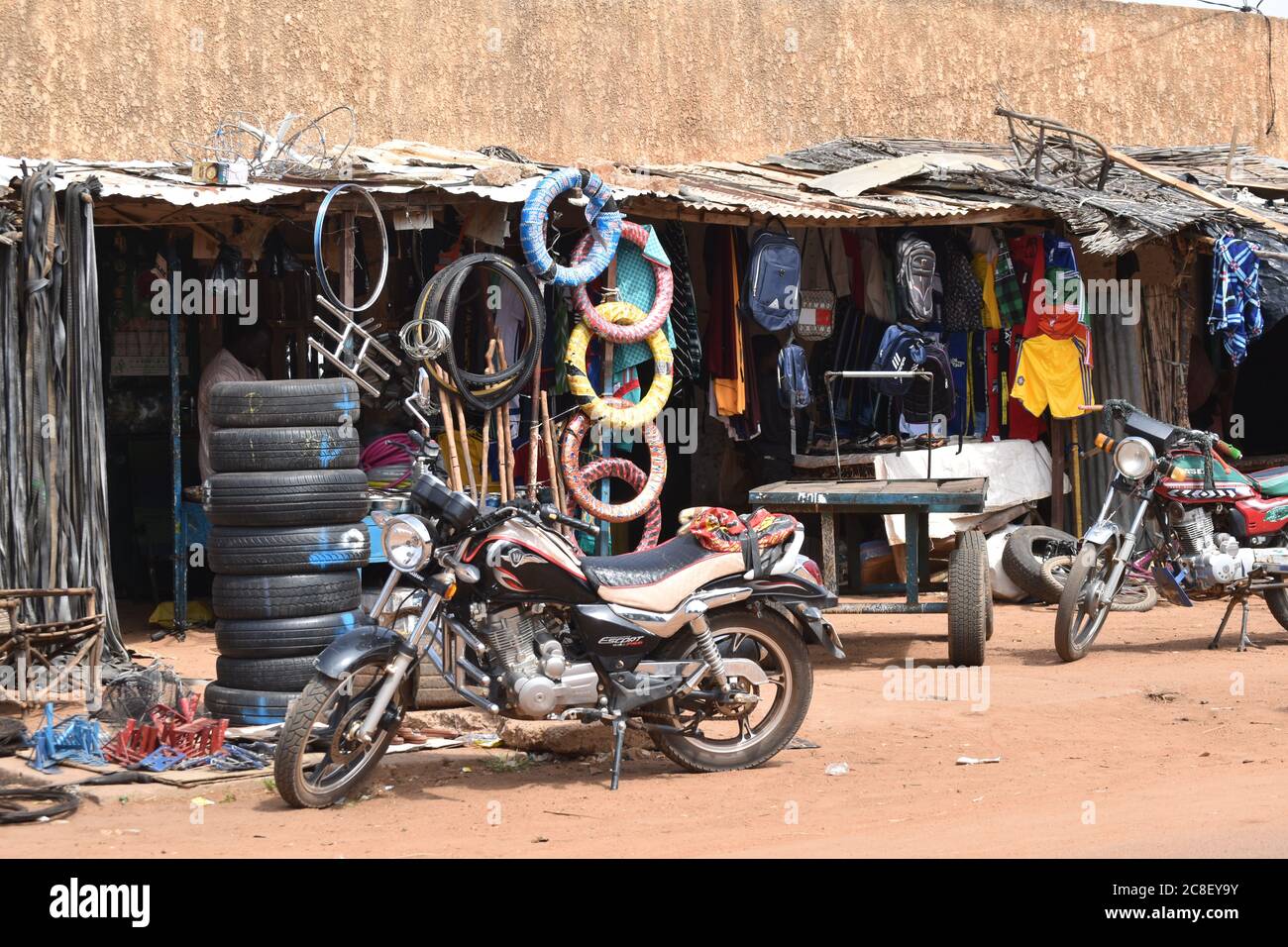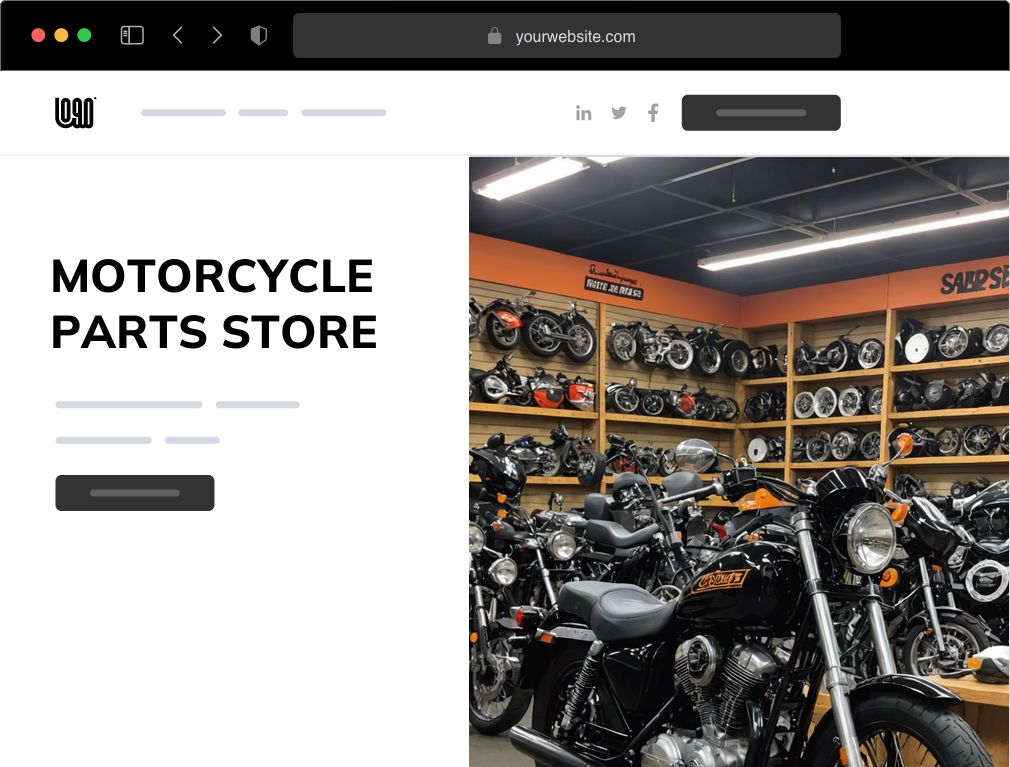Discover Top Quality Moto Parts NZ for All Your Motorcycle Requirements
Discover Top Quality Moto Parts NZ for All Your Motorcycle Requirements
Blog Article
Comprehending the Crucial Parts of a Motorbike: A Comprehensive Overview for Lovers
For bike fanatics looking to boost their riding experience and guarantee their bikes run smoothly, comprehending the necessary parts of a bike is extremely important. Each element, from the engine's intricate workings to the essential function of the stopping mechanisms, not only affects efficiency however likewise security and comfort.
Engine Components

The camshaft plays an important role in regulating the timing of the engine's shutoffs, guaranteeing the specific opening and closing needed for efficient gas and air intake, as well as exhaust expulsion. This timing is essential to preserving optimal engine efficiency and effectiveness. Furthermore, the carburetor or fuel injection system, relying on the motorbike version, is accountable for mixing air with fuel in the correct ratio for burning.
The cooling system, either air or liquid-based, works to preserve the engine's temperature within functional limits, avoiding getting too hot and making certain longevity - mx gear nz. Each element, meticulously developed and integrated, adds to the smooth operation of the engine, defining the motorbike's power result and overall performance
Transmission System
Essential to the motorbike's functionality, the transmission system guarantees effective power transfer from the engine to the wheels. This system consists of several vital parts, including the clutch, gearbox, and last drive, each playing an essential function in converting the engine's power into activity. The clutch, typically operated by a hand lever, offers to involve and disengage the engine from the transmission, enabling smooth gear modifications and controlled acceleration.
The gearbox, frequently referred to as the transmission correct, has a set of gears that bikers can manually shift with to readjust the bike's rate and torque result. These equipments are prepared in a series that allows the motorbike to accelerate smoothly and keep optimum engine efficiency across various speeds. A lot of bikes use a consecutive transmission, needing the motorcyclist to move gears in a predetermined order.
Braking Devices
While recognizing the transmission system is crucial to utilizing a motorcycle's power, just as crucial is the ability to regulate and stop that power efficiently, which is where stopping systems enter into play. Brakes are important for safety and efficiency, supplying the cyclist with the essential control to navigate numerous terrains and problems. Normally, motorcycles include two kinds of braking systems: disc brakes and drum brakes.
Disc brakes are more widespread in modern bikes due to their premium performance. They include a brake disc, caliper, and pads. When triggered, the caliper presses the brake pads against the rotating disc, converting kinetic power into warm, thereby slowing down the wheel. This system offers much better warmth dissipation, constant efficiency, and enhanced quiting power, especially in wet problems.
Alternatively, drum brakes, though less typical, are still located in some motorcycles. They work by pressing brake footwear versus the internal surface area of a drum affixed to the wheel. While typically much less reliable in warmth dissipation and stopping power, drum brakes are simpler and a lot more cost-efficient.
Comprehending these stopping systems' subtleties enables motorcyclists to keep their motorcycles properly and appreciate the engineering that guarantees secure and reliable stopping.
Suspension and Steering
Suspension and guiding systems are vital components that considerably influence a motorbike's handling and experience convenience. The shock absorber, containing forks at the front and shock absorbers at the rear, absorbs road irregularities, enhancing security and control. Front forks, upside down or typically telescopic, compress and rebound to mitigate influences, while back shock absorbers preserve tire contact with the road, important for traction and safety.
Guiding, focused around the handlebars, links the biker to the motorcycle's directional control. The steering head bearings make certain smooth procedure, enabling precise ability to move. Appropriate placement and maintenance of these bearings are critical about his for foreseeable guiding action and minimizing biker fatigue.
The suspension's adjustability is an additional important element; preload, damping, and rebound settings permit personalization to fit various riding designs and conditions. This flexibility is crucial for optimizing efficiency, whether browsing city streets or tackling tough routes. Technologies like electronic suspension systems offer real-time modifications, enhancing adventure top quality across diverse see it here surfaces.

Electric Systems
After making certain a regulated and smooth trip via efficient suspension and guiding systems, focus turns to the electric systems, a critical facet of modern bikes. These systems play an essential role not just in starting the engine however additionally in powering various elements that boost the performance and safety and security of the motorcycle.
At the heart of a motorbike's electric system is the battery, which shops electrical power essential for beginning the engine and powering supporting systems - motocross gear nz. The alternator or generator, coupled with the rectifier-regulator, makes sure the battery continues to be charged while the motorcycle is in operation, transforming power right into electric power and maintaining voltage levels
The ignition system, one more important part, is in charge of igniting the air-fuel mix in the engine's cylinders. Modern motorbikes commonly make use of a digital ignition system, supplying greater efficiency and reliability compared to conventional systems.
Illumination systems, including fronts lights, tail lights, and signs, are likewise crucial, making certain presence and safety and security for the biker. Extra digital parts such as sensing units, control devices, and displays contribute to advanced attributes like gas injection management, anti-lock stopping systems (ABDOMINAL MUSCLE), and digital dashboards, additionally improving the riding experience.
Final Thought
A complete dig this understanding of a motorcycle's important parts, consisting of the engine, transmission system, stopping devices, suspension, steering, and electric systems, is important for enthusiasts aiming to enhance security, convenience, and performance. Mastery of these components permits educated choices concerning upkeep and upgrades, ultimately boosting the riding experience. By incorporating this knowledge, cyclists can guarantee their motorcycles operate at peak performance and dependability, thereby taking full advantage of both satisfaction and longevity of their automobiles.
For bike enthusiasts looking to raise their riding experience and guarantee their bikes run smoothly, recognizing the vital parts of a motorcycle is paramount.Important to the motorcycle's performance, the transmission system ensures effective power transfer from the engine to the wheels.While recognizing the transmission system is key to utilizing a motorbike's power, just as vital is the ability to manage and quit that power properly, which is where braking mechanisms come into play. Normally, bikes include two types of stopping systems: disc brakes and drum brakes.
A complete understanding of a bike's important components, including the engine, transmission system, braking mechanisms, suspension, steering, and electrical systems, is indispensable for enthusiasts aiming to maximize performance, security, and convenience.
Report this page